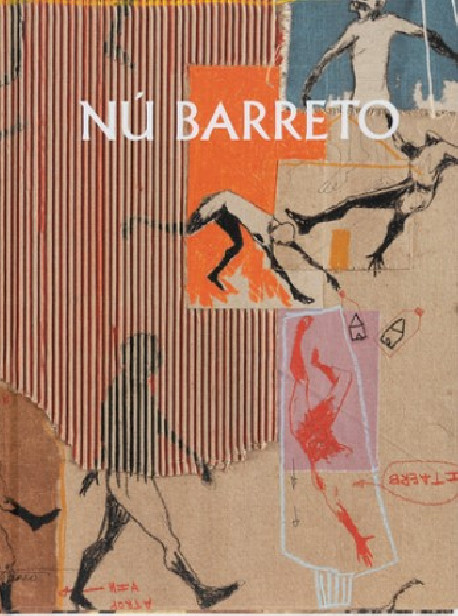No products
Product successfully added to your shopping cart
There are 0 items in your cart. There is 1 item in your cart.
Contemporary art
- New Art Books
- Exhibition catalogue
- Highlights
- Art Book Sale
- Museum's Shop & Gifts
- Bilingual art books and foreign editions
- Children's Books
- Art History
- Painting
- Architecture
- Sculpture
- Drawing & Engraving
- Photography
- Contemporary art
- Decorative Arts & Design
- Art Techniques
- Critics
- Entertainment art books
- Civilisations
- Partners Reviews
Nú Barreto
Monograph dedicated to the artist Nú Barreto. Since childhood, drawing has been Nú Barreto's favorite medium. From that time, his works on paper have kept their imaginative verve, which he now puts at the service of his personal narrative of contemporary Africa.
Shipped within 3 to 6 days
| Model | 9782373721669 |
| Artist | Nú Barreto |
| Author | Textes de Franck Hermann Ekra et de Laurence Bertrand Dorléac. |
| Publisher | Dilecta |
| Format | Ouvrage relié |
| Number of pages | 56 |
| Language | Bilingue Français / English |
| Dimensions | 250 x 150 |
| Published | 2023 |
His graphic work is not tender, it is even mostly bitter and pungent. Under the sharp mine of his pencils and the blood red of his brushes, Nú Barreto illustrates the multiple violence that the continent has suffered.
At the heart of this daily reality, the imperfect man plays the leading role. Like a mirror, this alter ego of black and red ink refers us to our own inconstancy and confronts us with our responsibility for the current situation in Africa: his body is deformed by pain and fear. In Nú Barreto's compositions, the absence of background, as well as the absence of any spatial reference point, creates a sense of vertigo.
Other fetish objects can be found from one sheet to another: the chair, with its broken leg, symbolizes the chronic instability of African states; the ladder, with its broken rungs, is a metaphor for the broken social elevator - whose dysfunction contributes to the rise of inequality. We also find in the repertoire of Nú Barreto's symbols animals (crows, pigs, chameleons...) and objects out of use (bikes, guitars...). This panoply of symbols draws its origins in the melting pot of the indigenous cultures of West Africa whose artistic productions have recourse to the power of signs. The artist joins the expressionist use of the color red. The papers, lacerated or torn, also participate in the representation of a tormented landscape.
Texts by Franck Hermann Ekra and Laurence Bertrand Dorléac.
Recently viewed items











